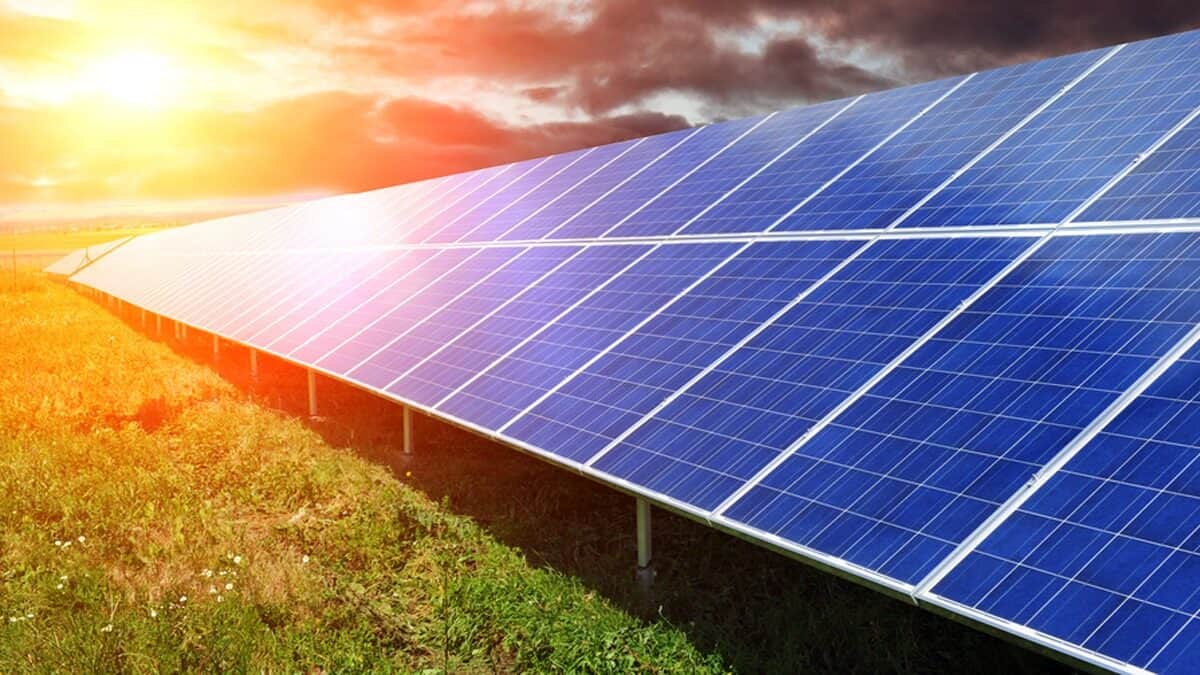Here’s the need-to-know stuff about the energy source, solar power!
Description
The Sun is a star and without it there would be no life on Earth. This is why the Sun is called the ultimate source of energy.
The Sun’s energy is produced by a process called nuclear fusion. Every second, the Sun emits vast amounts of energy, much of which is light. This solar radiation can be converted into electricity!
Where can you find solar power?
Solar panels can be found all over the world but they are most cost-effective in places where there is a lot of sunshine.
Researchers at Sheffield University are investigating now much energy solar can produce. Their project is called called PV_Live – it lets you can see how much energy solar power is producing right now in the UK!
How is it made into electricity?
Solar cells, also known as Photovoltaic (PV cells), convert sunlight directly into electricity. When sunlight hits the surface of the cell this causes electrons to move. This creates a current in each cell, which is combined to produce useful amounts of electricity.
PV cells are combined in solar panels and mounted on the roofs of buildings. They can also be used to power devices such as calculators and watches!
What are the advantages of using solar power?
- Solar energy is plentiful, free, and renewable.
- Solar panels do not produce any carbon dioxide emissions when converting solar power into electricity.
- Solar power can be used to create electricity in remote places where it might be very hard to get electricity through the National Grid.
What are the disadvantages of using solar power?
- It can be costly to fit enough solar panels to power a home or building.
- PV cells are less efficient in cloudy countries such as the UK.
We’ve got a whole series about energy, electricity, and power generation! It’s called Curious Kate, and you can listen to it below!
Add a comment


